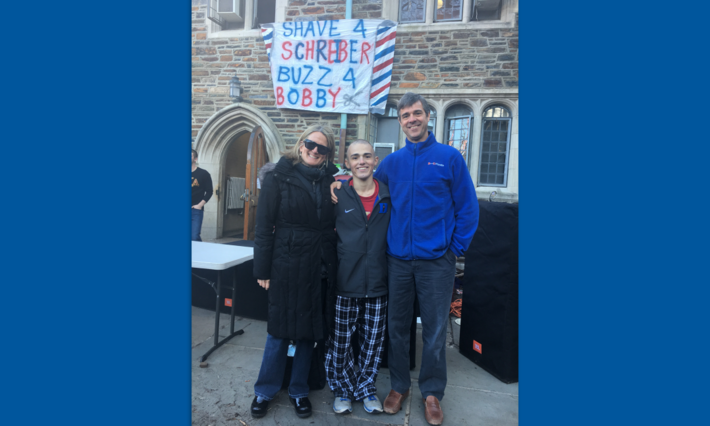Duke Cancer Institute clinical social worker Terri Stong started smoking four years ago during an extremely stressful period of her life. Tobacco cessation treatment at Duke and a reminder of what she has to live for turned her around.
Oncology clinical social workers help patients and families cope with the emotional and practical concerns that accompany the diagnosis and treatment of cancer. Terri Stong, MSW, LCSW, ACSW, is one of them. Stong, 43, helps patients find financial assistance grants, work out transportation issues, access discounted lodging, locate food pantries, and join support groups. She makes home healthcare and hospice referrals and helps with advanced directives and end-of-life planning. For those patients who come alone to their appointments, she’ll come and sit with them and help them understand all the information being thrown at them, if they need her.
She is their rock in cancer’s stormy sea. But it wasn’t so long ago that it was Stong who needed a lifeline….









